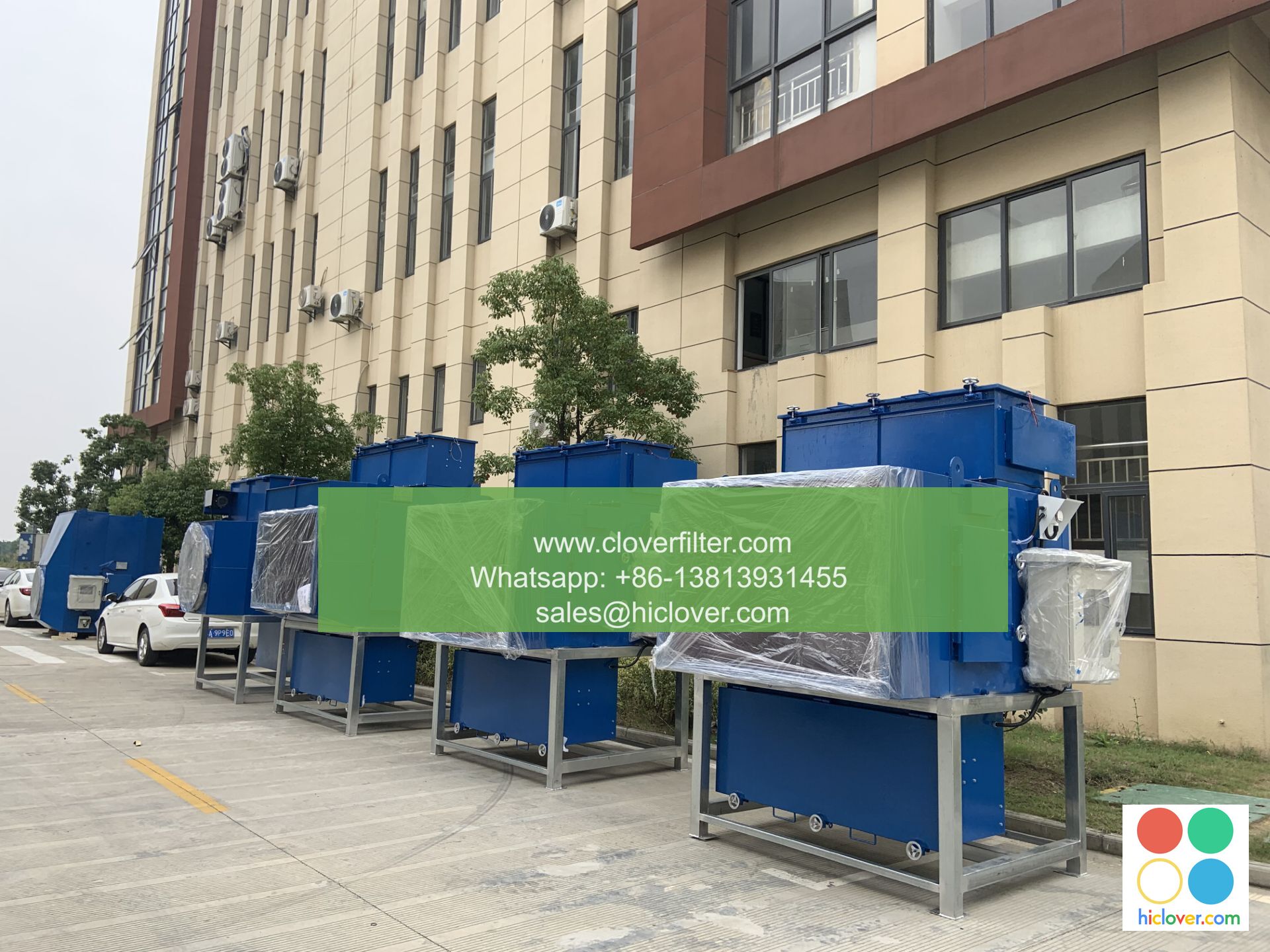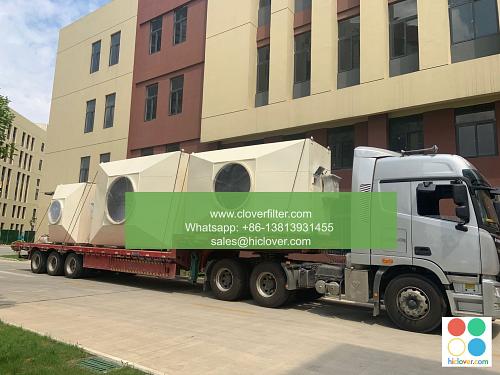The Benefits of High-Efficiency Air Filters for Medical Imaging Equipment

The use of high-efficiency air filters in medical imaging equipment has become increasingly important in recent years. These filters play a crucial role in maintaining the quality and reliability of medical imaging equipment, such as Magnetic Resonance Imaging (MRI), Computed Tomography (CT), and Positron Emission Tomography (PET) scanners. In this article, we will discuss the benefits of high-efficiency air filters for medical imaging equipment and their applications in various medical imaging modalities.
Reducing Contamination and Maintaining Image Quality
High-efficiency air filters are designed to capture 99.97% of particles as small as 0.3 microns, including dust, pollen, and other airborne contaminants. This is particularly important for medical imaging equipment, as even small amounts of contamination can affect image quality and lead to artifacts and diagnostic errors. By using high-efficiency air filters, medical facilities can ensure that their equipment is operating in a clean and controlled environment, which is essential for producing high-quality images.
Preventing Equipment Damage and Downtime
Medical imaging equipment is highly sensitive and can be damaged by airborne contaminants, humidity, and temperature fluctuations. High-efficiency air filters help to prevent equipment damage by removing particles and moisture from the air, which can reduce the risk of electronic component failure and equipment downtime. This is particularly important for medical facilities, as equipment downtime can result in lost productivity and revenue, as well as delayed patient diagnoses and treatments.
Improving Patient Safety and Satisfaction
High-efficiency air filters also play a critical role in maintaining a clean and safe environment for patients. By removing airborne contaminants and allergens, medical facilities can reduce the risk of infection and allergic reactions, which is particularly important for patients with compromised immune systems. Additionally, high-efficiency air filters can help to reduce noise and vibration from medical imaging equipment, which can improve patient comfort and satisfaction.
Applications in Various Medical Imaging Modalities
High-efficiency air filters have a wide range of applications in various medical imaging modalities, including:
* MRI and NMR: High-efficiency air filters are used to maintain a clean and controlled environment for MRI and NMR scanners, which are highly sensitive to airborne contaminants.
* CT and PET Scanners: High-efficiency air filters are used to prevent equipment damage and downtime, while also maintaining image quality and reducing artifacts.
* Ultrasound and Mammography: High-efficiency air filters are used to maintain a clean and safe environment for patients, while also reducing the risk of infection and allergic reactions.
* Radiotherapy and Oncology: High-efficiency air filters are used to maintain a clean and controlled environment for radiotherapy and oncology equipment, which is critical for patient safety and treatment outcomes.
Conclusion
In conclusion, high-efficiency air filters are a critical component of medical imaging equipment, playing a vital role in maintaining image quality, preventing equipment damage and downtime, and improving patient safety and satisfaction. With their wide range of applications in various medical imaging modalities, high-efficiency air filters are an essential investment for medical facilities looking to improve their diagnostic capabilities and patient outcomes. By using high-efficiency air filters, medical facilities can ensure that their equipment is operating in a clean and controlled environment, which is essential for producing high-quality images and delivering excellent patient care. It seems like you’re ready to start a conversation or ask a question but haven’t specified the topic yet. What’s on your mind? Need information on something, have a question, or just want to chat? I’m here to help with a wide range of topics!

